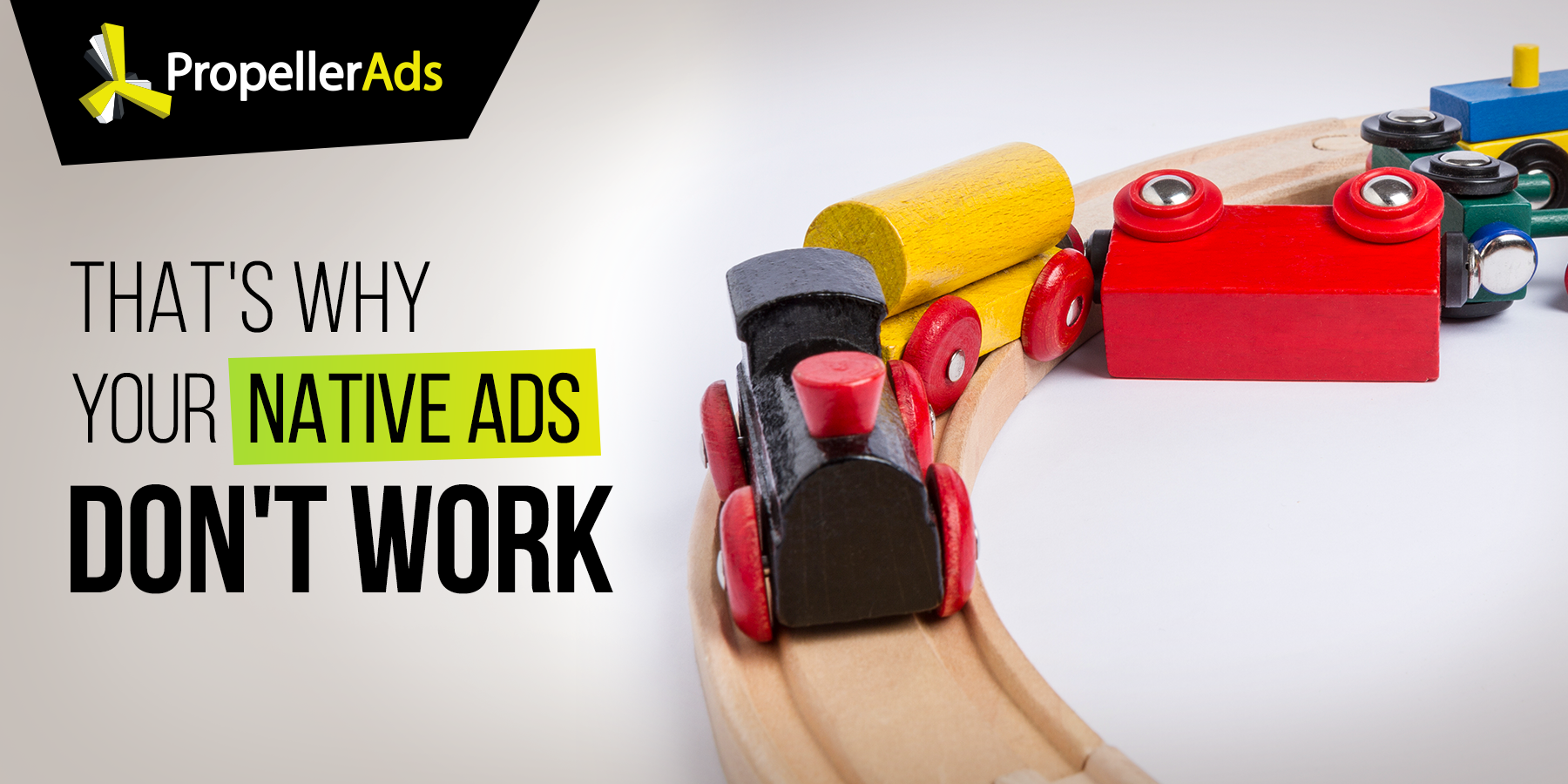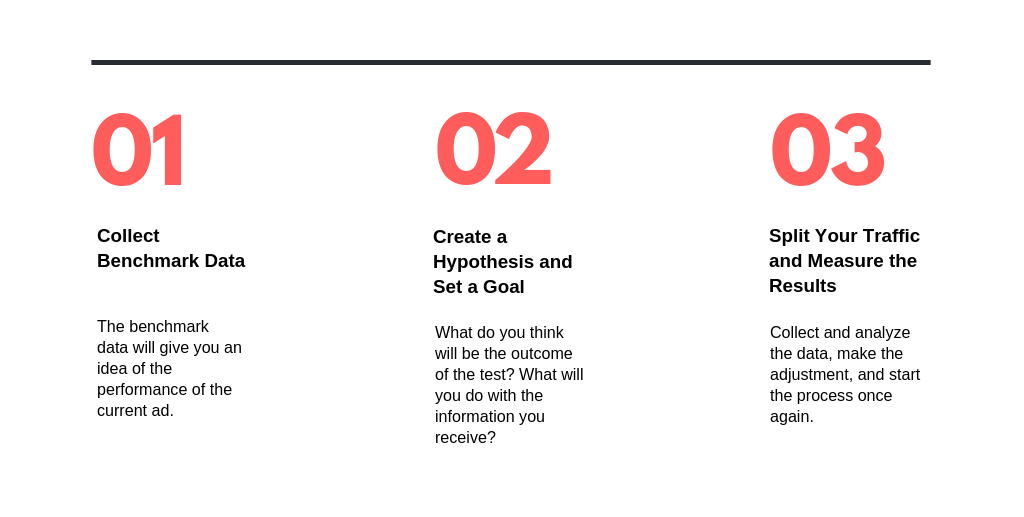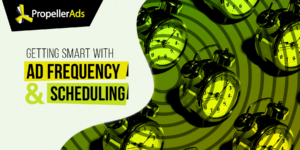
The reason why scientific experiments are held to extremely strict standards is to ensure their accuracy. After all, scientists use these experiments to come up with new medications and consumer goods every day.
Similarly to scientists, you should be carefully testing your ads in order to collect accurate information. You can then use this information to make adjustments like changing the colors scheme or wording in your ads to boost their performance through the roof.
That is where A/B testing comes in.
Below, we’ll take a look at the basics of A/B ads testing, what elements you should try out, and give you tips on setting up split tests for your adverts.
What is A/B Testing?
As you can imagine, A/B testing is the process of trying out two or more version of an ad. Also known as split testing, this concept can be applied to entire websites, landing pages, and other online elements.
The main goal of A/B testing is to find the version of your ad that performs best. You can do so by experimenting with different versions and splitting your traffic between these ads.
Then, you can compare numbers and run additional tests to figure out which version will help you effectively achieve your goal the quickest.
Elements You Can Analyze Through A/B Testing
Here are some of the elements you can optimize through A/B testing:
- Location and GEOs. Don’t just compare results by countries, test cities as well.
- Device type. Check where the majority of your users is: mobile devices or desktop?
- Operating system. See what kind of creatives rock on iOS, and which ones are more suitable for Android.
- Ad Formats. Find out what ad formats work best for your offer & creatives.
- Landing pages. Check what elements, ad copies and colours are leading to conversion.
- Creatives. Understand what images and concepts are the most effective.
- CTAs. What makes them click? Get started or Sign up?
- Additional targeting elements. What user activity group or mobile operator works best for you? Check the various targeting options.
The Metrics that Matter
There are many different metrics you can track when split testing your ads. The exact metrics you need to track will vary depending on your industry and goal. But, as a rule of thumb, the following stats should give you an idea of the overall performance of your ads:
- Conversion rate
- Bounce rate and exit rate
How to Set Up A/B Testing
As we mentioned before, the exact method for your A/B testing will vary according to your vertical. That said, the basic steps to carrying out split tests can be broken down into three stages:
Stage 1. Collect Benchmark Data
The benchmark data will give you an idea of the performance of the current ad. If your industry is affected by seasonality, you may want to set up a control group in order to ensure an accurate result.
Stage 2. Create a Hypothesis and Set a Goal
The next step is to create a hypothesis and set your goals. What do you think will be the outcome of the test? What will you do with the information you receive?
Stage 3. Split Your Traffic and Measure the Results
Finally, come up with the different versions and split your traffic. Make sure you give your split test enough time or a big enough sample size to be of statistical significance. Then, collect and analyze the data, make the adjustment, and start the process once again.
Keys to Success
Even when done correctly, split testing requires a significant amount of time and effort. It can also provide a huge amount of valuable information that can help propel your ads campaign to success.
Here are some tips for setting up A/B testing.
Be as Neutral and Objective as Possible
Like in scientific experiments, you should keep your tests objective and as neutral as possible. Having a hypothesis will help you understand your audience and verify your assumptions. But, you should never interfere or misread the information just to meet your expectations!
Scheduling and Budget
A/B testing requires the development of different ad versions, which may translate to a significant financial investment. At the same time, make sure your tests don’t coincide with major events like Black Friday or Thanksgiving unless you want to analyze consumer behavior during the holidays.
Sample Size and Test Duration
The duration of the test and the size of the sample will determine the validity of your trial. Sample sizes of 10,000 visitors are the minimum you want to allow, and you should let your ads run for at least a couple of weeks.
Test One Variable at a Time to Start With
In most cases, the most effective way to identify the different elements that affect your audience’s behavior is to start by testing one element at a time. For instance, you may start with the CTA, color scheme, and layout in order to see how each one affects your ads performance.
Read more: Why a $5 budget is not enough to test a campaign?
Eventually, Deploy Different Ad Versions Simultaneously
Once you get a grip on how each element affects your ads, you can start trying many different variations to find out which combination gives you the result you’re looking for.

Perform Frequent A/B Tests
Split testing is an ongoing process. Consumer trends and other variables change constantly, so setting up an effective split testing process will help you stay on top of your game.
Stay tuned to our blog to learn more about A/B testing and other ways to optimize your ads. By the way, you can join us on Telegram to discuss how you are testing your ads.



